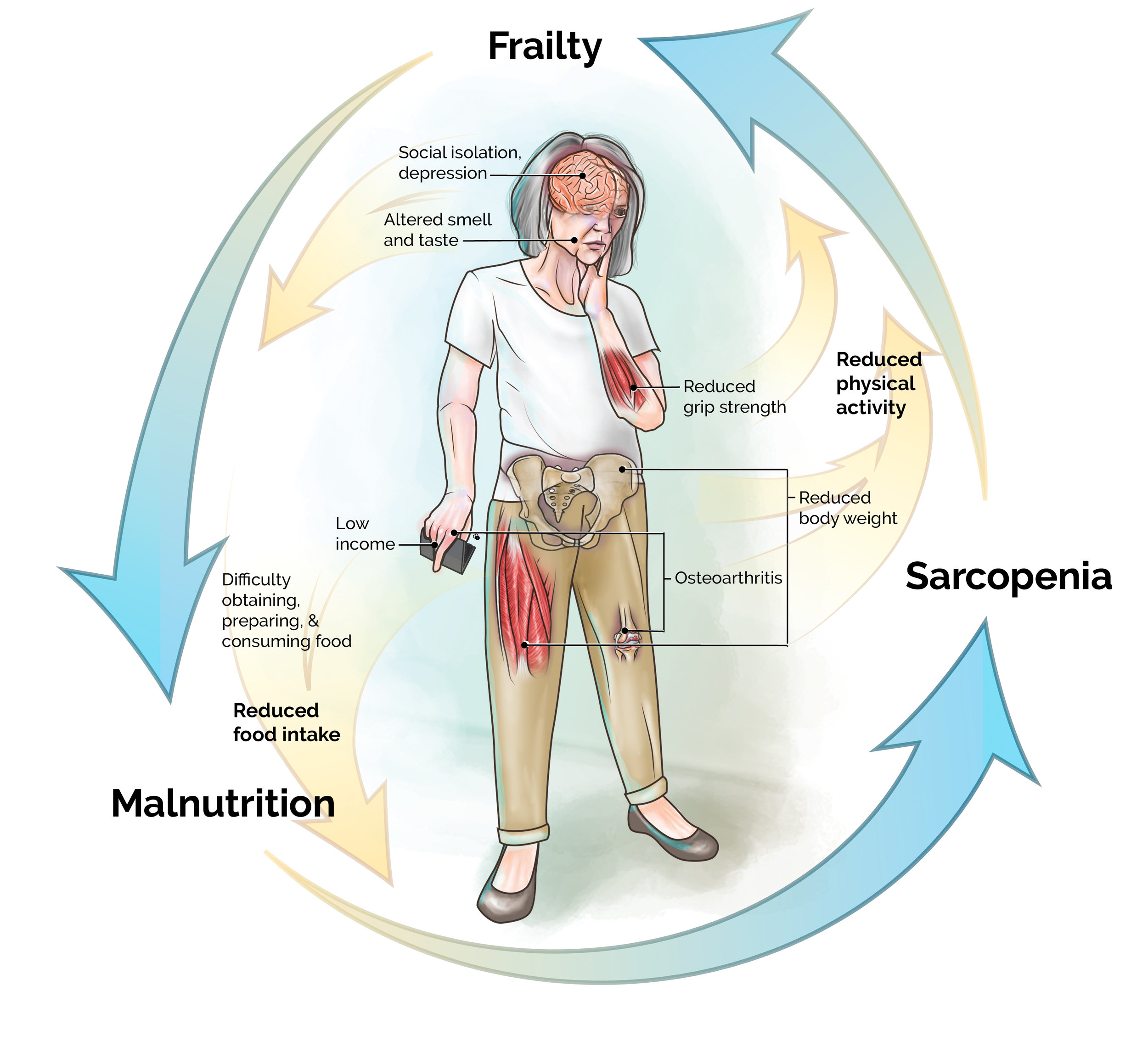Wellfie Wednesday Tip #154: Tomorrow is World Mental Health Day!
/Happy Wellfie Wednesday! Welcome back!
Tomorrow is World Mental Health Day! This week is brought to you by Diana (@DianaKlatt). For this week’s #WellfieWednesday we’re gonna talk about the importance of tomorrow and ways you can either take time for yourself, be an advocate for increased mental healthcare, and/or be there for someone that may need a friend.
Last year I shared statistics for the United States and I’ll share them again below. But this year, I want to give suggestions or even just a place to start on how you can be there for yourself and for others.
Mental Health in the US:
Depression is the leading cause of disability worldwide and is a major contributor to the global burden of disease.
Approximately 1 in 5 adults in the US experience mental illness in a given year.
Approximately 1 in 25 adults in the US live with a serious mental illness.
Approximately 1 in 5 youths (13-18 years old) experience a severe mental disorder at some point during their lives.
Nearly 60% of adults and 50% of youths did not receive mental health services in the previous year.
These are not small numbers. Nor are these the true representation, it is likely that these are under-reported values due to the stigmas that exist around mental illnesses.
More Statistics: Mental Health By The Numbers
Mental health is frequently overlooked because it is an unseen ailment. Yet, it is one of the most impactful, long term, chronic conditions that can persist and even lead to detrimental events when gone untreated. Untreated mental illnesses can lead to serious, chronic medical conditions. Psychological and physical ailments can be intertwined, many in the form of traumas or chronic pain. Mental illnesses and their associated physical ailments frequently affect people’s ability to focus on their work. This can impact society much more than we suspect: financial loss to mental illness costs the US roughly $193 billion each year. For comparison, the cost to decrease stigma and raise awareness is $0.
So what can you do to help someone out?
Mental Health First Aid. This a program that teaches you how to identify, understand, and respond to signs of mental illness and substance use disorders. It typically take 8 hours and is in-depth. It is a government sponsored program and the training is free! Most of us know the signs of a heart attack and how to respond, but how many can tell when someone is having an anxiety or panic attack and how many of us know how to respond? As someone who works in the mental health space, I found taking this course was invaluable and shed light on some things I’d overlooked. It teaches you how to start conversations, what words and mannerisms to look for to make sure that the person is not a potential danger to themselves or others, and how to help them to next steps when applicable.
Listen. Many times we fall into the pattern of exchange with people where we listen and offer advice, however sometimes the best course of action is to purely listen! Letting someone fully talk through their thoughts and be heard and letting them know you hear them and acknowledge that maybe they are in an unfortunate situation and be extremely helpful. Sometimes they just need someone to hear them. However, if it sounds like they are potential threat to themselves or others, you should take the appropriate steps to make sure they are safe. (Re: MHFA training)
Self-care. In a time when we are constantly stimulated, it gets hard to pay attention or hear ourselves think. We are constantly on the go, constantly working on our day-to-day job or our side hustle, and we never shut off. This lends to overwork and can trigger other issues. If you haven’t taken time to relax and disconnect, I highly suggest you take a day off this weekend, or if you can’t spare a whole day, maybe half a day! Anything that can help you relax and collect your thoughts. You can also try to take time each morning or evening to focus on centering your thoughts and collecting yourself to declutter your mental space (ie. meditation).
Communities. Sometimes you feel like you’re alone and that you need people to talk to that understand you. There are many support groups out there and you can typically find them with a simple Google search for your area. There are also online communities that exist and that you can join and share in, as long as you feel comfortable and safe in the space they create. An example of an online community space is PhD Balance, a community for graduate students to discuss the stressors, anxiety, and depression that frequently come with the pursuit of higher academia (note: mental health issues are 6x more prevalent among graduate students than the general populations).
Big take away? Pay attention to the words people use and their actions. When treating patients, talking to friends, collaborating with colleagues, and interacting with strangers, remember that they could be silently suffering and lend a hand, take note of their actions, listen to the way they describe things, and make sure they feel comfortable if they decided to talk with you.
If you are thinking about suicide, call the National Suicide Prevention Lifeline at 800-273-TALK (8255).
Thank you for all of the #WellfieWednesday support, be sure to post your pictures this week that demonstrate your active patriotism and tag the WW crew members in your post (@TheFuelPhysio, @Eric_in_AmERICa, @AaronPerezPT, @DianaKlatt) and keep the wave of healthy change going!
- WW Crew









